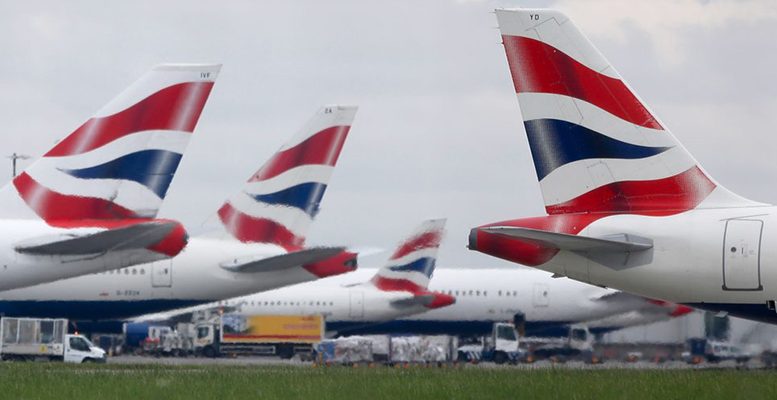BOfAML | IAG has agreed to acquire Air Europa, a value carrier, for €1bn as it seeks to increase its market share in the South Atlantic market and turn Madrid into Europe’s next hub airport. The acquisition is in cash and will be funded by external debt increasing IAG’s net debt / EBITDA by 0.3x (from 1.2x at 3Q19). This raises questions on the potential cash return to shareholders. The implied transaction multiple of 10x EBIT and 2.55x EBITDAR for 2018A appears high, in our view, and we look for details on synergies. Management expects revenue and cost synergies but no details have been provided. IAG has a solid track record of M&A given margins at Aer Lingus improved post acquisition.
Air Europa is the third largest airline in Spain offering flights to 69 domestic and international destinations including long-haul routes to Latam with a fleet of 66 aircraft in FY18. It generated c€2.1bn of sales and an EBIT of €100m implying a margin of 4.8% versus 13.2% at IAG in FY18 (see page 3 for details). Air Europa is a full member of Sky Team since 2010.
Strategic fit within IAG’s portfolio
The addition of Air Europa would establish Madrid as one of Europe’s hubs competing with Amsterdam, Frankfurt, Heathrow and Paris, as per IAG. It would also increase IAG’s market share on the Europe-Latam routes to 26% from 19% currently. We now question the outlook for IAG’s LEVEL brand that was set up recently. IAG expects the acquisition to be EPS accretive from the first year (we estimate c1%), accretive to ROIC within 4 years, and cost and revenue synergies within 5 years. Fairly limited financial details were provided. We will look for more details at the CMD.
2H20 completion subject to regulatory clearance
The proposed acquisition is subject to regulatory clearance and expected to close in 2H20. Ryanair stated on its earnings call “while this is a good deal for IAG; it is a bad deal from a competition point of view”, and suggested the need for divestments.
IAG (XACDF / BABWF)- We use a P/E multiple to derive our PO of GBP670 (Eur 7.80). We think this is appropriate given the lack of visibility in the airline sector. We use a target 6x P/E multiple to derive our PO. This is above the target multiple of IAG’s most comparable peer, Lufthansa, because of IAG’s higher ROIC (19%) vs Lufthansa (c.6%). This level is below IAG’s five-year historical P/E multiple of 8x given we are close to the end of the cycle.
Upside risks to our PO are significant improvement in the macro-economic backdrop, lower competitor capacity environment, downward movements in fuel prices and foreign exchange (a depreciation in the dollar).
Downside risks to our PO are significant worsening in the macro-economic backdrop, higher competitor capacity environment, upward movements in fuel prices and foreign exchange (a an appreciation in the dollar). Company specific risks to our PO are, execution risk in any M&A, labour-related (risk of strikes), geopolitical-related, fall-out from the UK leaving the EU and environmental risks.
IAG (ICAGY)- We use a P/E multiple to derive our PO of US$17.40. We think this is appropriate given the lack of visibility in the airline sector. We use a target 6x P/E multiple to derive our PO. This is above the target multiple of IAG’s most comparable peer, Lufthansa, because of IAG’s higher ROIC (19%) vs Lufthansa (c.6%). This level is below IAG’s five-year historical P/E multiple of 8x given we are close to the end of the cycle.
Upside risks to our PO are significant improvement in the macro-economic backdrop, lower competitor capacity environment, downward movements in fuel prices and foreign exchange (a depreciation in the dollar).
Downside risks to our PO are significant worsening in the macro-economic backdrop, higher competitor capacity environment, upward movements in fuel prices and foreign exchange (a an appreciation in the dollar). Company specific risks to our PO are, execution risk in any M&A, labour-related (risk of strikes), geopolitical-related, fall-out from the UK leaving the EU and environmental risks associated .





